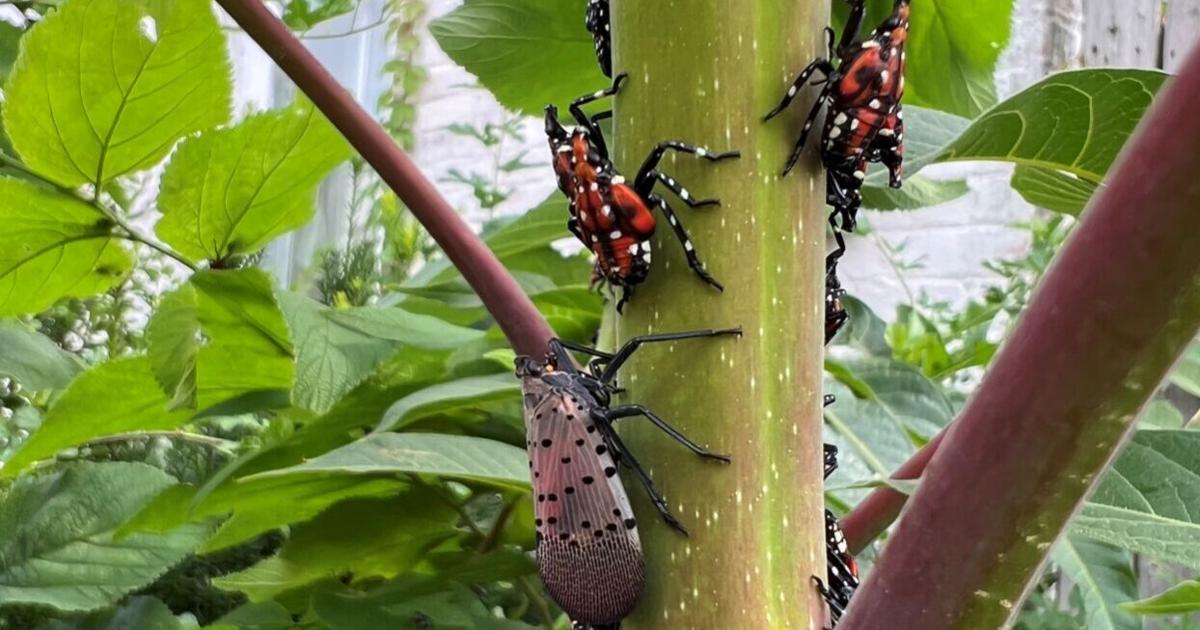Northwest Indiana faces an unseen threat to its vital agricultural sector and natural ecosystems: invasive species. These unwelcome invaders, ranging from tiny insects to resilient plants, pose significant risks to crop yields, native biodiversity, and even the region’s economic stability. Understanding their impact and implementing proactive measures are crucial for safeguarding Indiana’s rich natural heritage and agricultural future, which is why awareness and active monitoring are more important than ever.
A critical initiative in this ongoing battle is the Cooperative Agriculture Pest Survey (CAPS) program. Staff and dedicated volunteers strategically deploy traps across Northwest Indiana, yet their ultimate objective is strikingly counterintuitive: to find absolutely nothing. This absence of pests signifies successful prevention and early detection efforts, highlighting the program’s focus on stopping threats before they establish themselves within the state’s borders.
Among the most concerning potential invaders is the Old World Bollworm. This destructive larva, already present in other parts of the United States, poses an immense threat to hundreds of crops, including Indiana’s agricultural staples like corn, soy, and tomatoes. Its ability to devastate a wide range of plants underscores the urgency of proactive monitoring and swift intervention to prevent its spread into the state.
To empower residents and professionals alike in this critical endeavor, an upcoming conference in Hammond will provide essential education on invasive species. Attendees will learn how these pests jeopardize Indiana’s agriculture and wildlife, focusing on practical methods for monitoring potential invaders and preventing their widespread establishment. The conference aims to equip participants with the knowledge and tools necessary to contribute to regional pest control efforts.
The significance of CAPS surveys extends beyond immediate eradication. Firstly, early detection is paramount. By identifying an invasive pest soon after its arrival, teams can swiftly implement containment strategies, preventing broader ecological and economic damage. Secondly, these surveys are vital for protecting the interstate and international trade of Indiana’s agricultural products, as rigorous phytosanitary certificates, which attest to a product’s freedom from pests, are often required for shipping.
Ironically, global trade itself often serves as a primary pathway for invasive pests, with contaminants arriving via packaging or wooden pallets. While some threats loom, others, like the Japanese beetle, are already prevalent in Indiana, wreaking havoc on plants as adults and threatening agriculture, lawns, and gardens as larvae. Surveyors also remain vigilant for emerging threats such as the Box Tree Moth, already sighted in neighboring states and a danger to boxwood plants.
Despite the challenges, success stories exist, demonstrating the effectiveness of dedicated pest control initiatives. For instance, Northwest Indiana’s pest management teams successfully repelled the spread of the Asian Longhorn Beetle, which had appeared in Valparaiso a few years prior. It is also important to recognize that, in their native contexts, many organisms characterized as ‘pests’ play valuable roles in controlling plant diversity and maintaining ecological balance, underscoring the complexity of these interactions.
While climate change is a potential factor influencing the spread of invasive species, Indiana’s winter season currently acts as a significant natural barrier, often causing crop munchers that arrive in warmer months to die out during colder periods. This natural defense, however, does not negate the need for human vigilance and proactive measures to fortify the state against persistent threats.
The upcoming conference, designed for both agricultural professionals and local residents, underscores that invasive species issues are not confined to large farms; they can impact home landscaping and efforts to restore native habitats like the Dunes. This educational event offers valuable insights for anyone concerned about protecting Indiana’s environment, providing practical information to help the public understand and address the problem of invasives in their own communities.






Leave a Reply